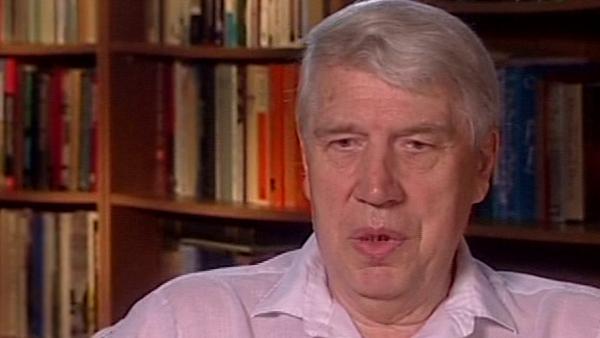NEXT STORY

Editor-in-chief of the new Immunogenetics journal
RELATED STORIES

NEXT STORY

Editor-in-chief of the new Immunogenetics journal
RELATED STORIES


|
Views | Duration | |
|---|---|---|---|
| 51. Difficulty of explaining the H2 system | 33 | 05:47 | |
| 52. Working on H2 with Hugh McDevitt | 86 | 04:50 | |
| 53. The two-locus model of H2 | 37 | 07:06 | |
| 54. Publishing a controversial essay | 60 | 03:53 | |
| 55. Presenting the H2 locus model in Asilomar | 32 | 02:17 | |
| 56. Editor-in-chief of the new Immunogenetics journal | 36 | 03:44 | |
| 57. The role of lymphocytes in H2 | 26 | 04:30 | |
| 58. Using cytotoxicity and immunofluorescence | 37 | 04:09 | |
| 59. Why it took us so long to find these antibodies | 28 | 05:36 | |
| 60. Competing with Shreffler's lab | 25 | 02:55 |

